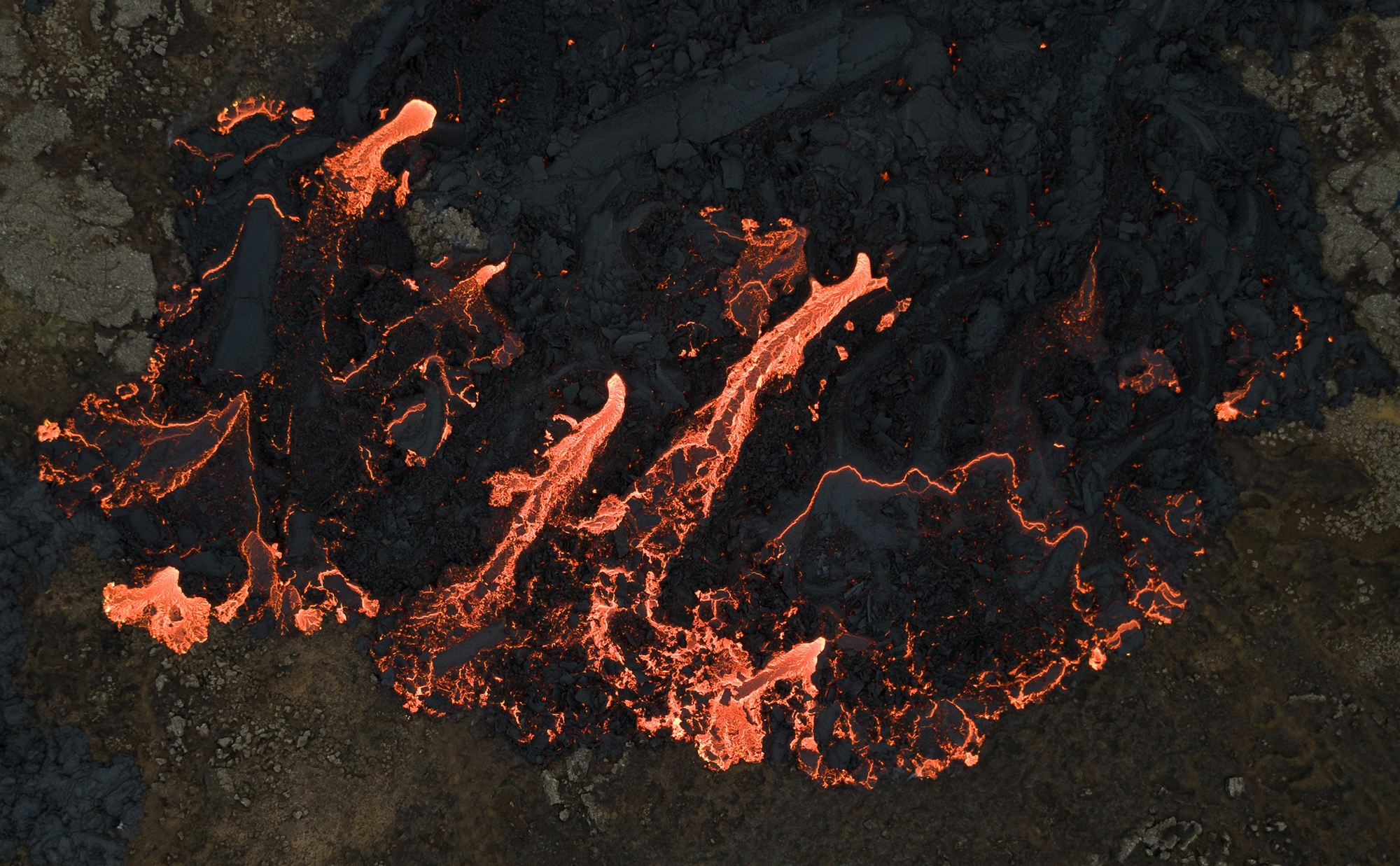Understanding Iceland’s New Drone Rules: What You Need to Know in 2025
You may have heard about Iceland’s new drone rules, which came into effect in December 2024, and be wondering what that means for you. If you’re already registered in an EEA country, no further action is required. However, if you’re in Iceland, visiting from outside Europe, or travelling from the UK, there are important new regulations to be aware of—including mandatory registration.
The process is straightforward and well worth it. Iceland is one of the best places in the world to fly a drone.
Table of Contents
Why Iceland’s New Drone Rules Were Introduced
These changes align Iceland with EU drone regulations. The process will feel familiar to those in the UK, as it follows a similar structure—requiring registration and an online theory test. However, unless you’re already registered in an EU/EEA country, you’ll need to complete the process, as home country registrations won’t apply in Iceland.
Your EASA (European Union Aviation Safety Agency) registration, obtained via Iceland, will be valid across the entire EU/EEA—convenient for those planning to fly elsewhere in Europe.
Clearer Regulations and Accountability
By aligning with EU regulations, Iceland’s new drone rules provide clearer expectations for visiting pilots. As in the UK, the aim is to ensure that anyone flying a drone in Iceland is competent, responsible, and identifiable.
Increased Tourism
Iceland’s tourism industry has grown rapidly in recent years. To manage the impact, many popular locations—such as Reynisfjara—now display signs prohibiting drones. However, these restrictions are often ignored, particularly by visitors on short tours.
This not only disturbs wildlife but also detracts from the experience for others who want to enjoy Iceland’s landscapes without the persistent buzzing of a drone.

Drones in Iceland
Iceland is home to some of the world’s most talented drone pilots and landscape photographers. Its dramatic scenery has been featured in films, TV shows, music videos, and adverts, making it a dream destination for aerial photography.
By flying responsibly and respecting Iceland’s new drone rules, the natural environment, and those around you, you’ll have the chance to capture incredible footage without issue.
Iceland’s New Drone Rules
Mandatory Registration
All drone operators must register at flydrone.is before flying in Iceland. Registration costs 5,000 ISK (£28 / €34 / $36) and is valid for five years.
Proof of Pilot Competency
The required level of training depends on your drone’s classification:
- A1/A3 (Basic Categories) – Free online theory exam required.
- A2 (More Advanced) – Additional training and an exam are needed.
For most recreational users, the A1/A3 category is sufficient.
Drone Classification
Drones are classified into C0 to C6 categories, based on weight and risk level.
- C0-C1 (Under 900g) – Most consumer drones (like DJI Mini series) fall here and can be flown under basic rules.
- C2-C6 (900g and above) – Stricter restrictions apply, including distance rules and competency requirements.
Operational Categories
Flights are divided into three categories:
- Open Category – Covers most recreational drones under 25kg, following standard rules (e.g., DJI Mini 3 Pro).
- Specific Category – For riskier operations, such as flying near crowds or in urban areas. Requires additional permissions.
- Certified Category – For high-risk flights, like carrying people or large cargo (not relevant for most hobbyists).
Key Operational Requirements
Altitude and Visual Line of Sight
- Maximum altitude: 120 metres (400 feet).
- You must always keep your drone in sight while flying.
Distance Rules
- Stay 150 metres away from residential, commercial, or industrial areas.
- Keep 50 metres from people unless flying a lightweight drone (sub-250g).
- No flights over crowds or large gatherings.
No-Fly Zones
Some areas in Iceland strictly prohibit drones:
- National Parks (e.g., Þingvellir, Vatnajökull, Snæfellsjökull) – No drone flights unless a permit is granted.
- Airports and Heliports – Drones must stay at least 5km away from airports.
- Protected Nature Reserves – Many sensitive areas have seasonal restrictions to protect wildlife.
Before flying, check official no-fly zones using apps like Drone Iceland Map or the flydrone.is website.
Practical Steps to Comply with the New Rules
- Register as a drone operator at flydrone.is and pay the fee.
- Complete the required online training (free for A1/A3 category).
- Check your drone’s classification to understand any additional requirements.
- Plan your flights responsibly using no-fly zone maps and weather tools.
- Consider insurance – While not mandatory, drone insurance can protect against accidents and liability claims.
Popular apps like AirMap and Drone Assist can help plan flights and check regulations in real time.
What Happens If You Don’t Comply?
Failing to follow Iceland’s new drone rules can result in:
- Fines of up to ISK 500,000 (£2,800 / €3,400 / $3,600).
- Confiscation of your drone by Icelandic authorities.
- Possible flight bans, particularly in restricted areas.
These rules help protect Iceland’s unique landscapes, wildlife, and local communities, so compliance is essential for responsible drone usage.
Conclusion
Iceland’s new drone rules bring clearer, safer regulations for drone pilots, aligning with EU standards. Registering, understanding operational rules, and planning flights responsibly will ensure you can capture stunning aerial footage without issues.
For official information and registration, visit flydrone.is.
Fly safe and enjoy Iceland’s incredible landscapes from above!
